Described as the “Key to England”, Dover Castle has guarded the shortest sea crossing between England and continental Europe for nine centuries.
Never conquered, its strategic importance is equaled only by the Tower of London and Windsor Castle.
To add atmosphere to our journey into history, play the soundtrack.
The Largest Castle in England
Dominating the town’s skyline, Dover Castle’s mile-long defensive curtain wall marks the boundary of this enormous fortification.
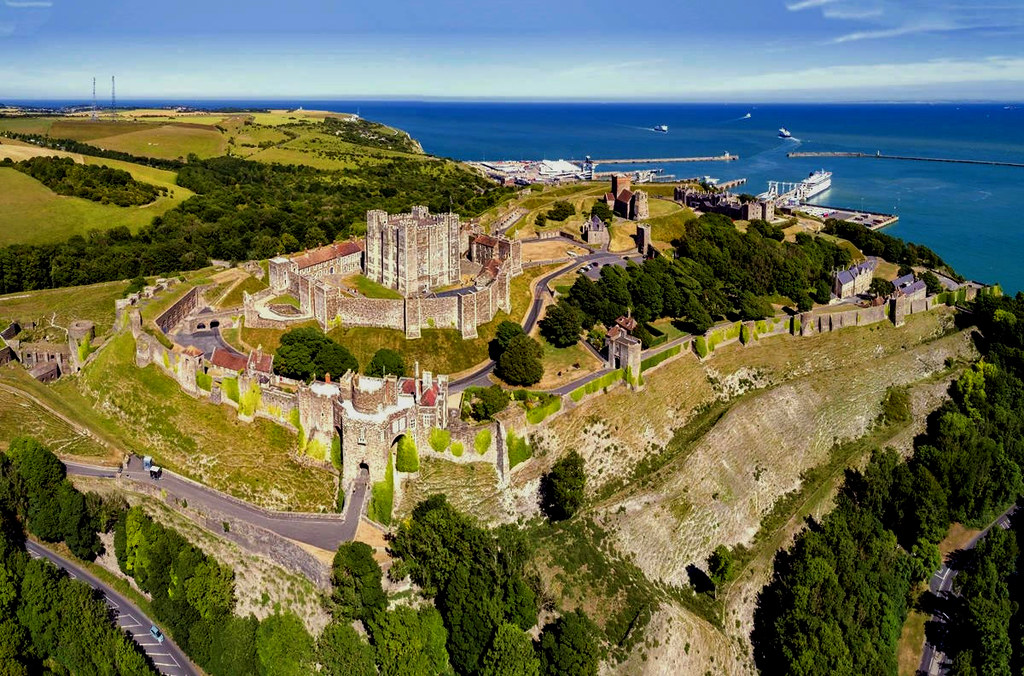
According to map measurements using tools like Google Maps, Dover Castle covers an area that is almost 50% larger than Windsor Castle, making it England’s largest castle.
Windsor Castle is, however, the largest inhabited castle in the world and the longest-occupied palace in Europe.
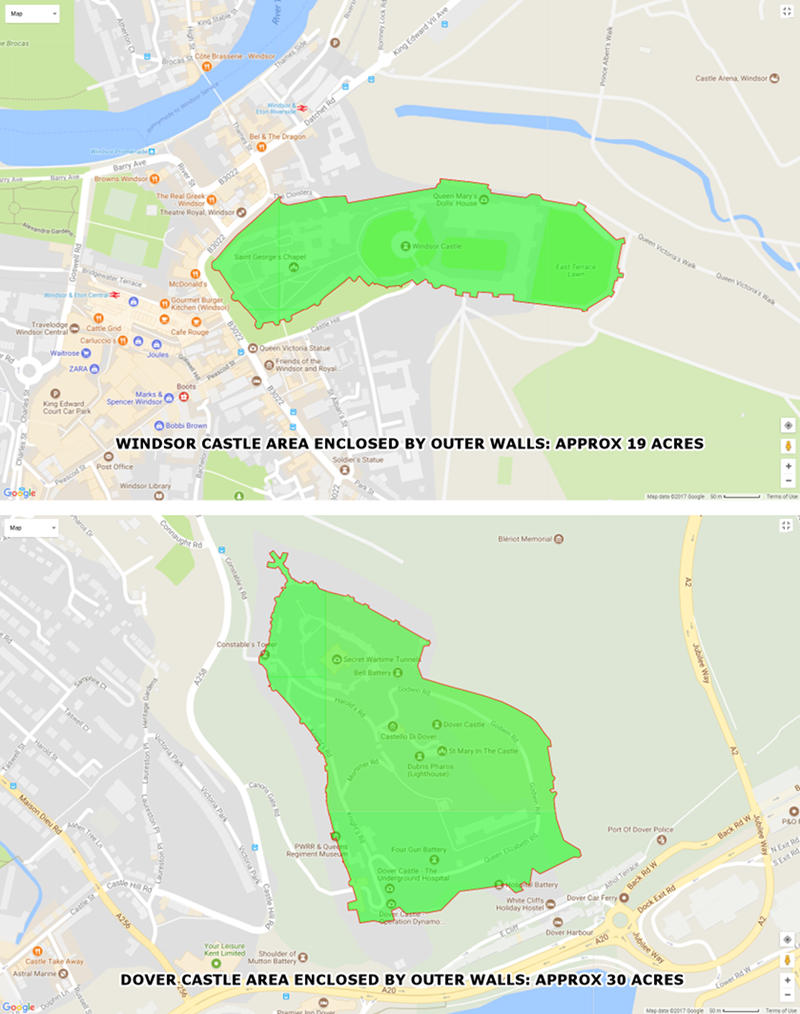
Steeped in History
A fortification has stood on the same site for nearly 2,000 years.
Beginning with an Iron Age hill fort, the Romans later built two 80-ft stone lighthouses, one of which still survives next to the restored Anglo-Saxon church of St Mary de Castro.
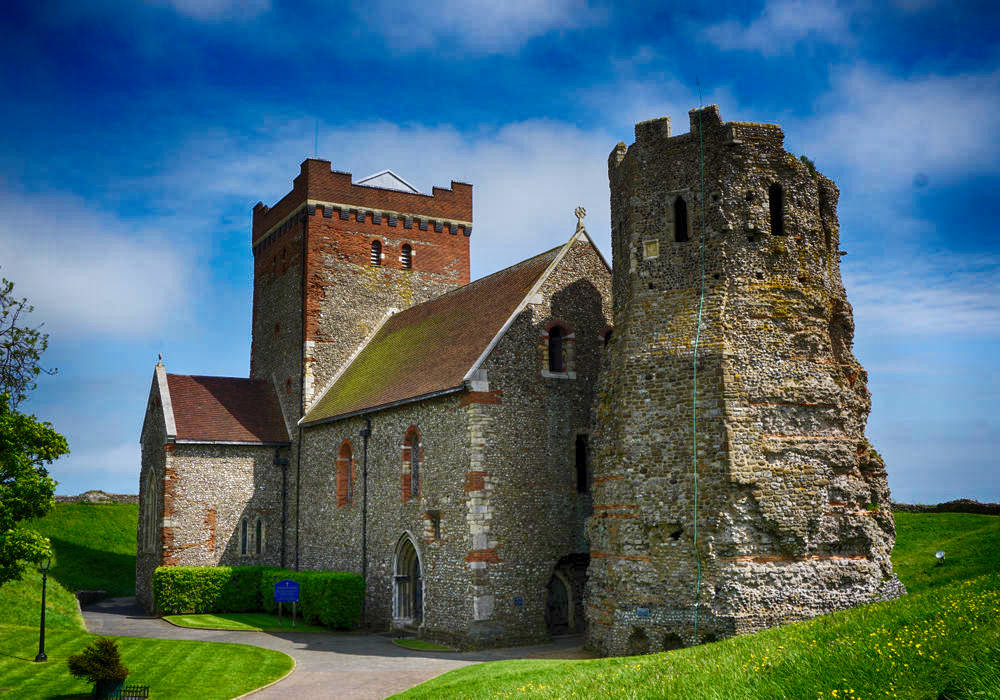
When William the Conqueror and his Norman forces invaded England in 1066, they came upon a castle at Dover made entirely of clay.
Collapsing under its own weight after the Normans set fire to it, the castle was rebuilt, using the clay for flooring.
But it wasn’t until the reign of Henry II, father of Richard the Lionheart, that the present-day castle took shape.

Henry built the inner and outer baileys (courtyards surrounded by walls) and the great keep (fortified tower).

After passing through Colton’s Gate to enter the outer bailey and then Palace Gate, with its portcullis and drawbridge, you enter the inner bailey with the massive Great Tower at the heart of the medieval fortifications.
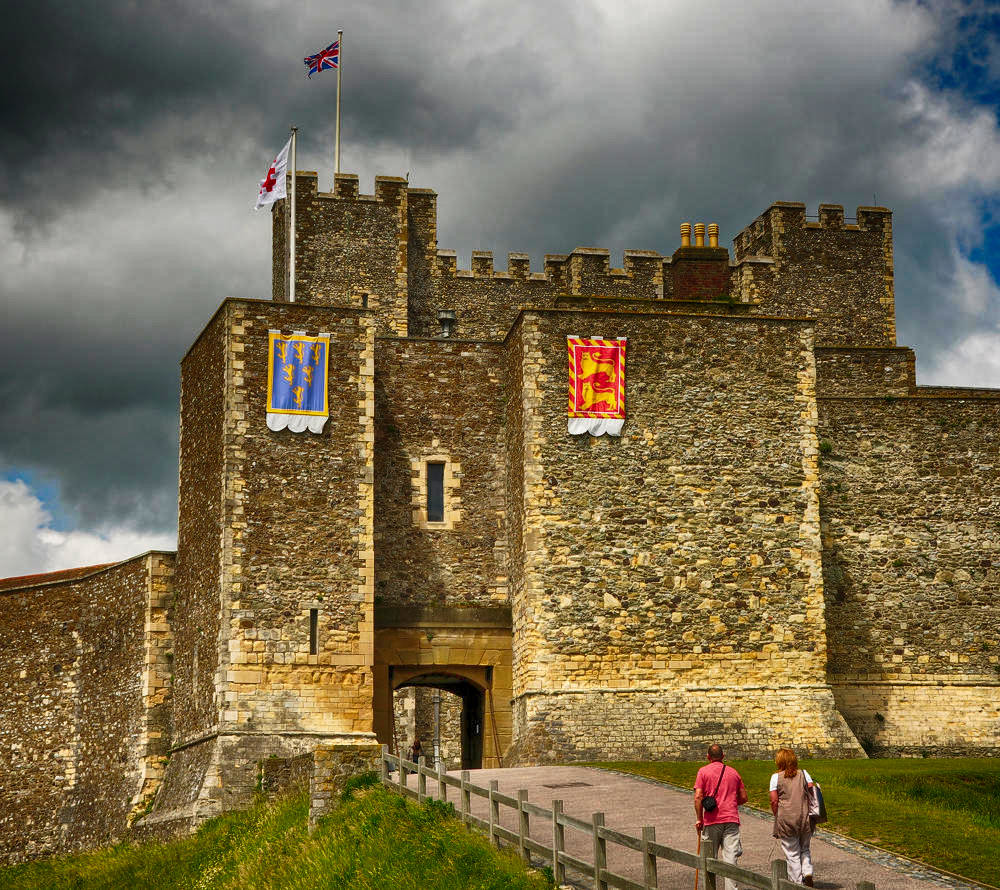
Standing over 80 ft high and roughly 100 feet square, Dover Castle’s Great Tower is the largest and most expensive keep ever built in England.
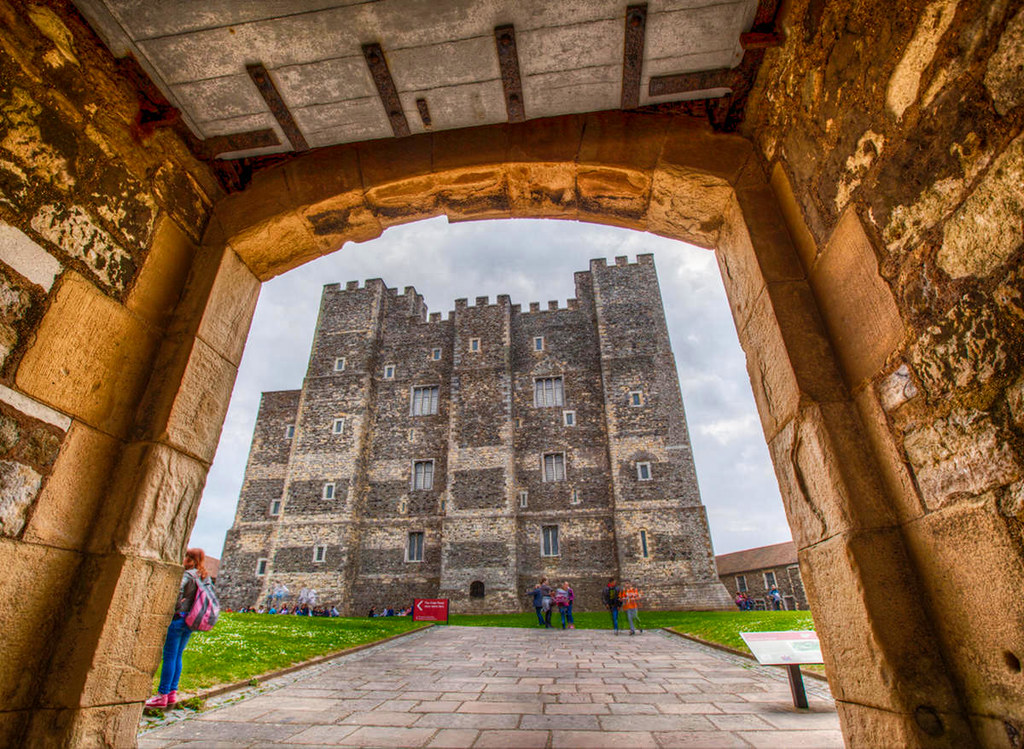
Incorporating the first internal sanitary and plumbing system ever installed in an English castle, the Great Tower was enormously expensive to build, costing upwards of £70 million ($93,000,000) in today’s equivalent.

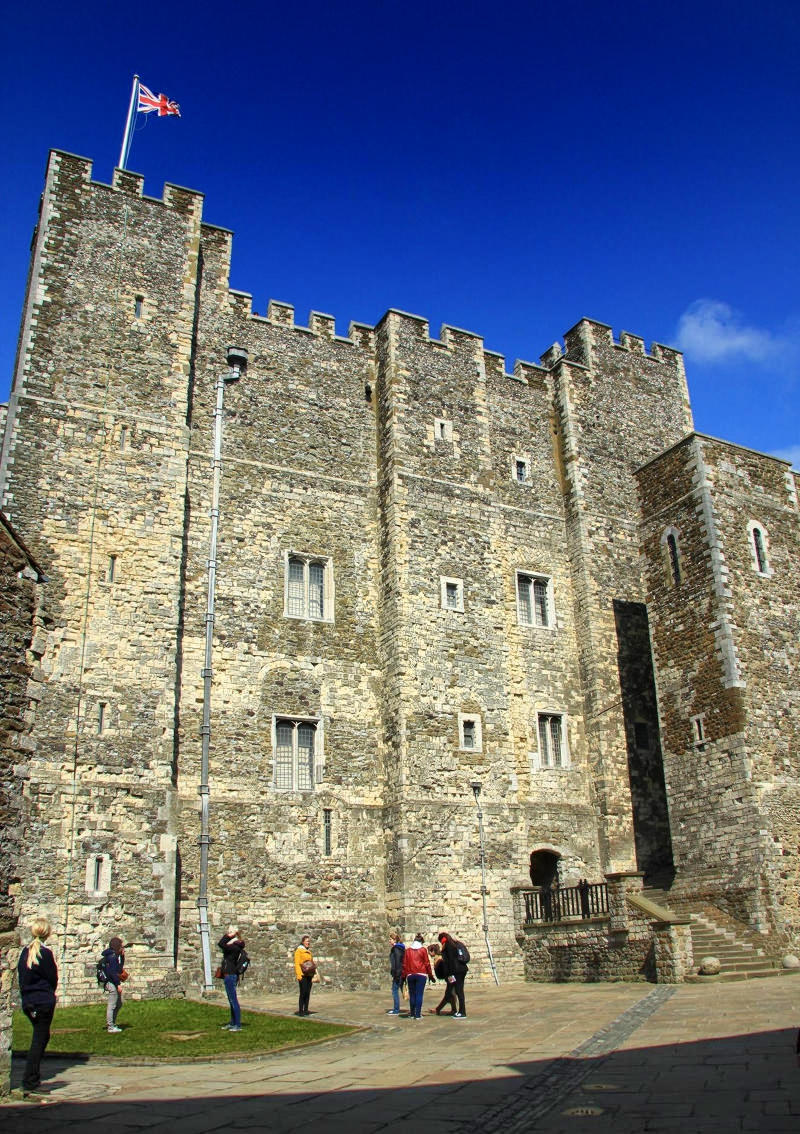
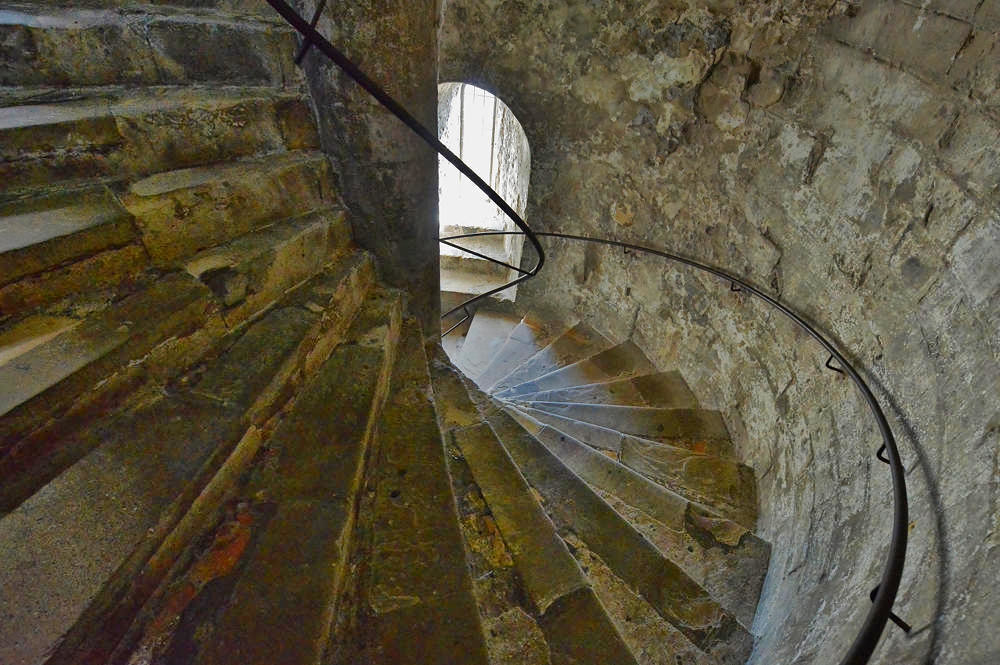
Richly furnished with vibrant colours, the Great Tower reflected the importance bestowed upon it by King Henry II.
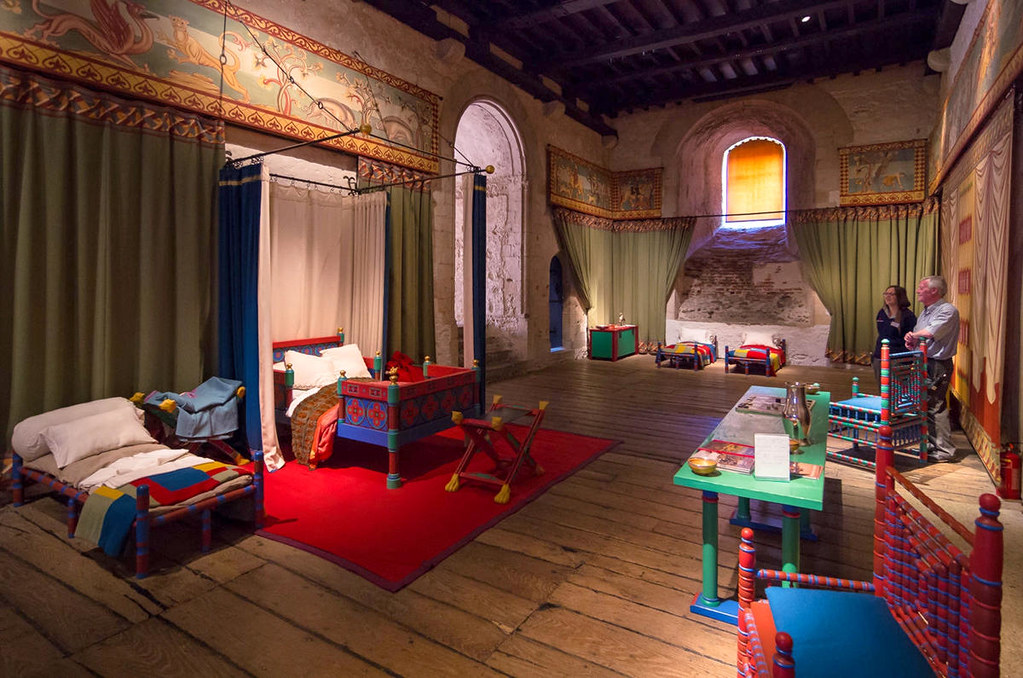
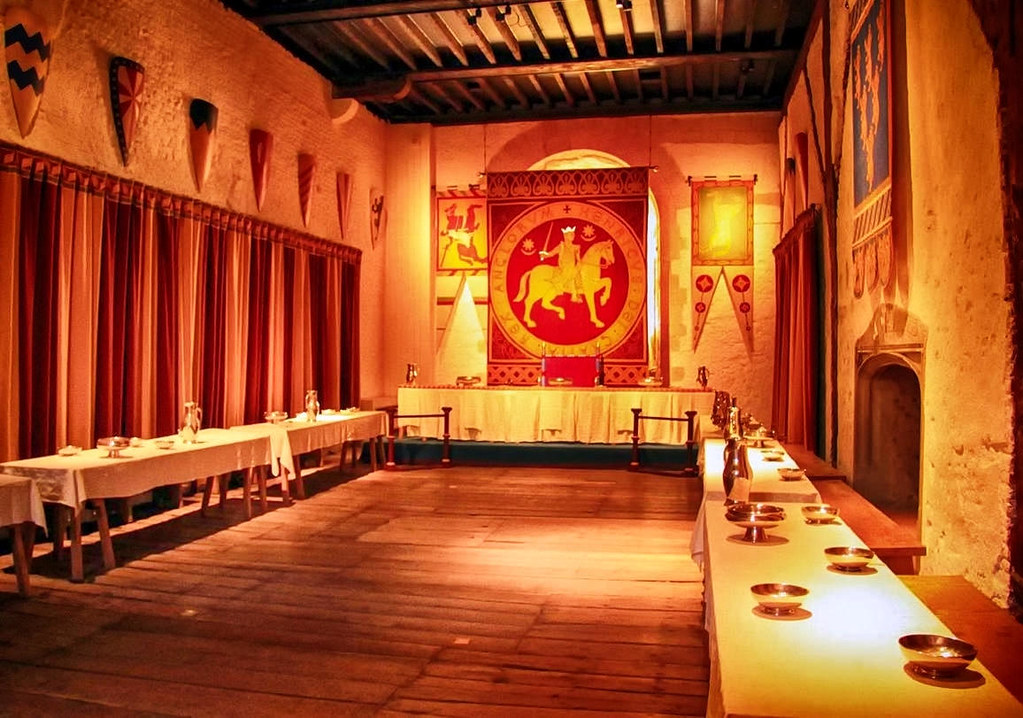
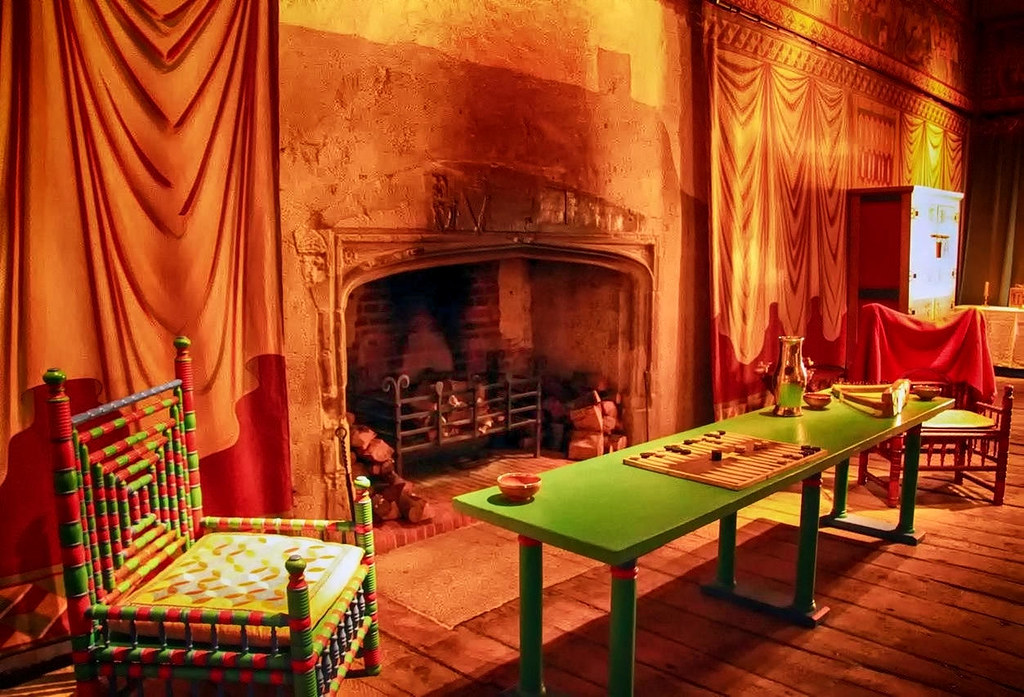
Wars and Invasions
Invited by a group of rebel English barons, Prince Louis of France invaded England in 1216 in an attempt to seize the English crown from the unpopular King John.
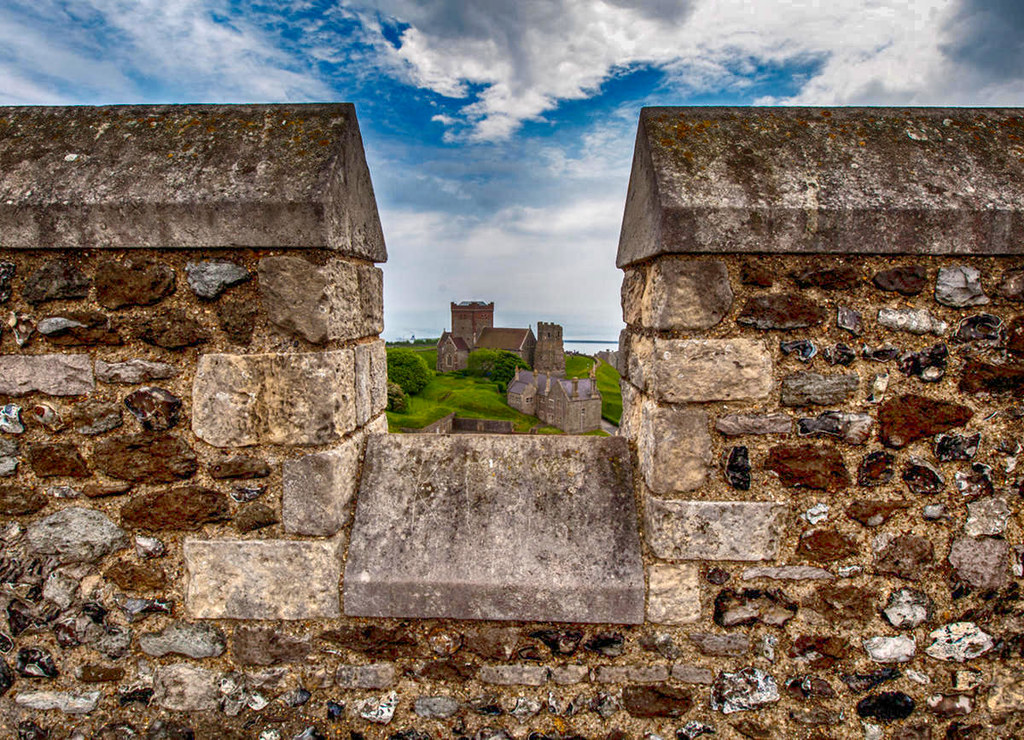
Setting up huge stone-throwing catapults, the French bombarded Dover Castle but the walls held firm.

So the French tried a different tactic—tunneling to undermine the castle’s foundations.
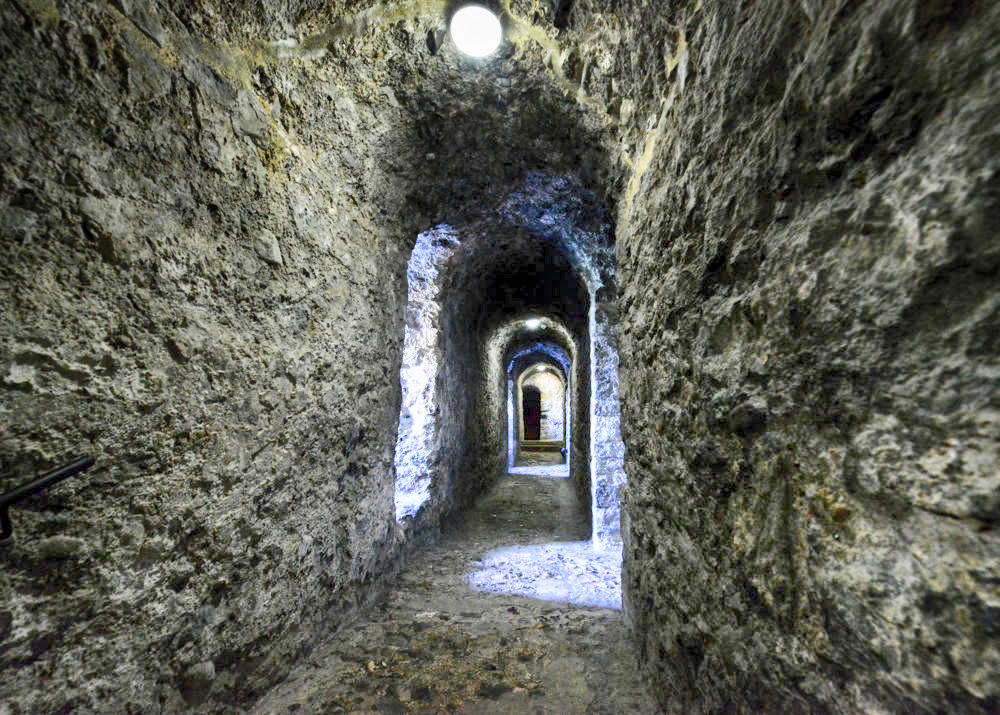
And they succeeded in breaching the North Gate only to be stopped by English soldiers.
Bloody hand-to-hand fighting in front of the Barbican (fortified gatehouse) was all that separated England from defeat.
The English defenders prevailed and Prince Louis called off the siege after another few months.

Resulting from the near defeat, the man in charge, Hubert de Burgh, built Constable’s Tower—the first fortified residential gatehouse in England.
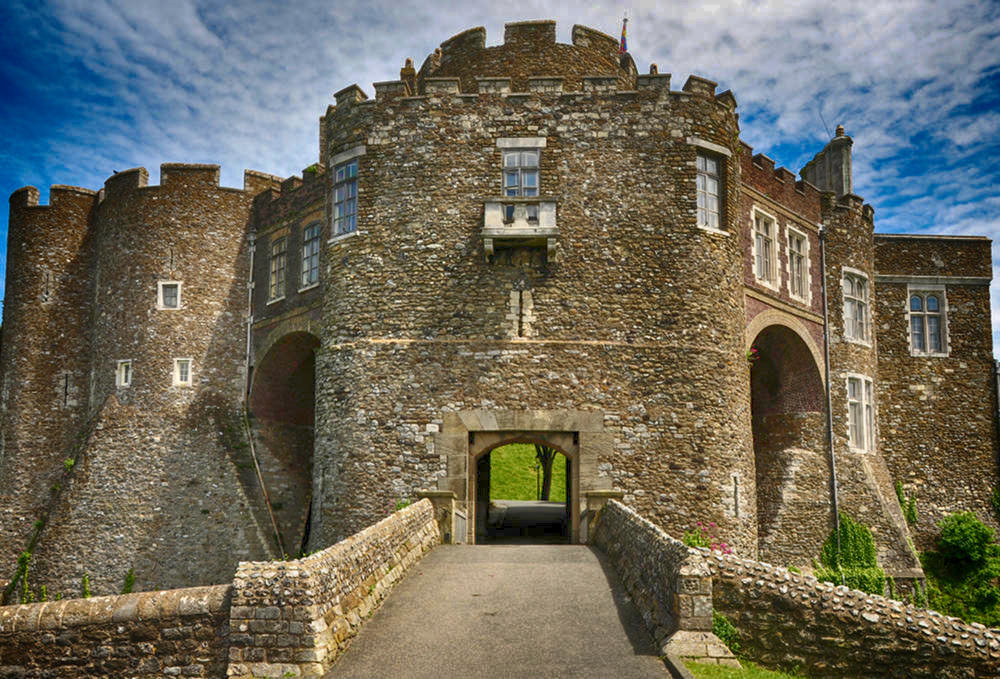
Dover Castle’s defenses were successively updated in response to every major European conflict involving Britain—including those against Napoleon and Hitler.

During the Napoleonic Wars, the first 200,000-strong “French Army of England” gathered at Boulogne in France in preparation to invade England.

Frantically carrying out building works to prepare Dover Castle for the invasion, military engineer William Twist designed some ingenious improvements.
He built underground barracks and the “Grand Shaft”—a giant stairwell 180 ft deep to get troops from the castle to the base of the white cliffs of Dover in a matter of minutes.
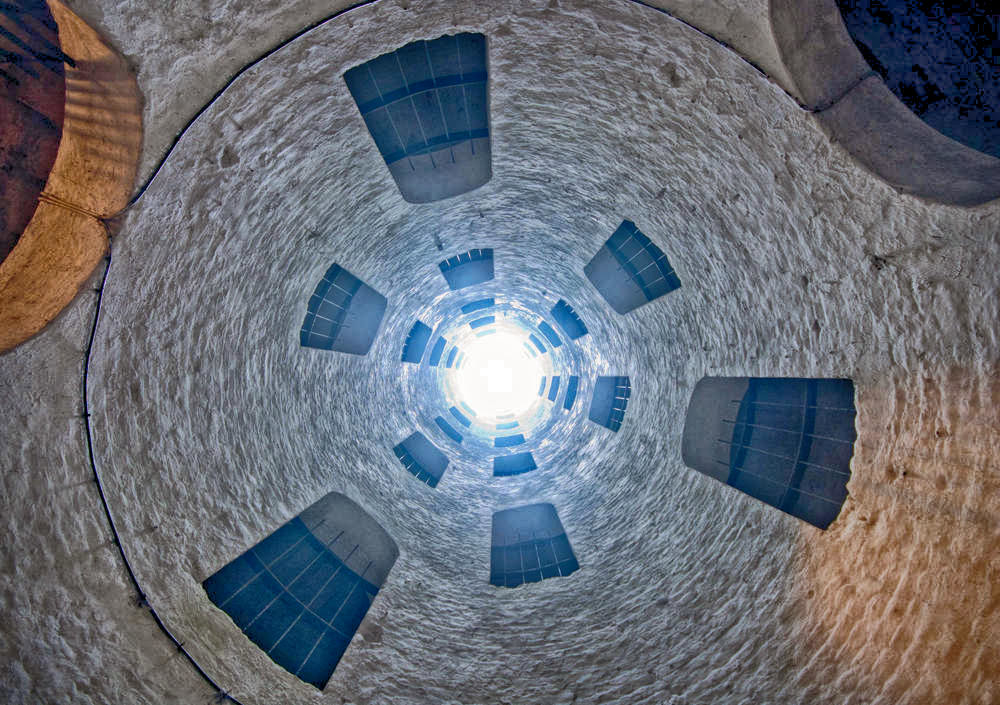
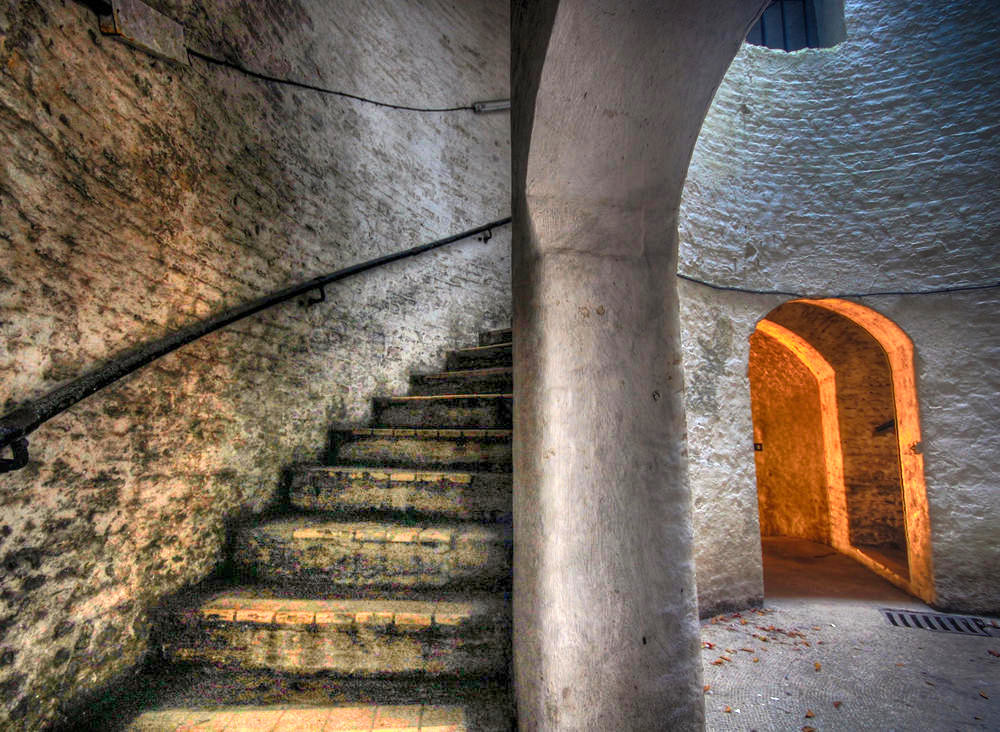
Blockaded by the Royal Navy and unable to command the English Channel, Napoleon was forced to cancel the invasion.
British cartoons depicted Napoleon in one of his “invasion barges” trying to cross the channel.
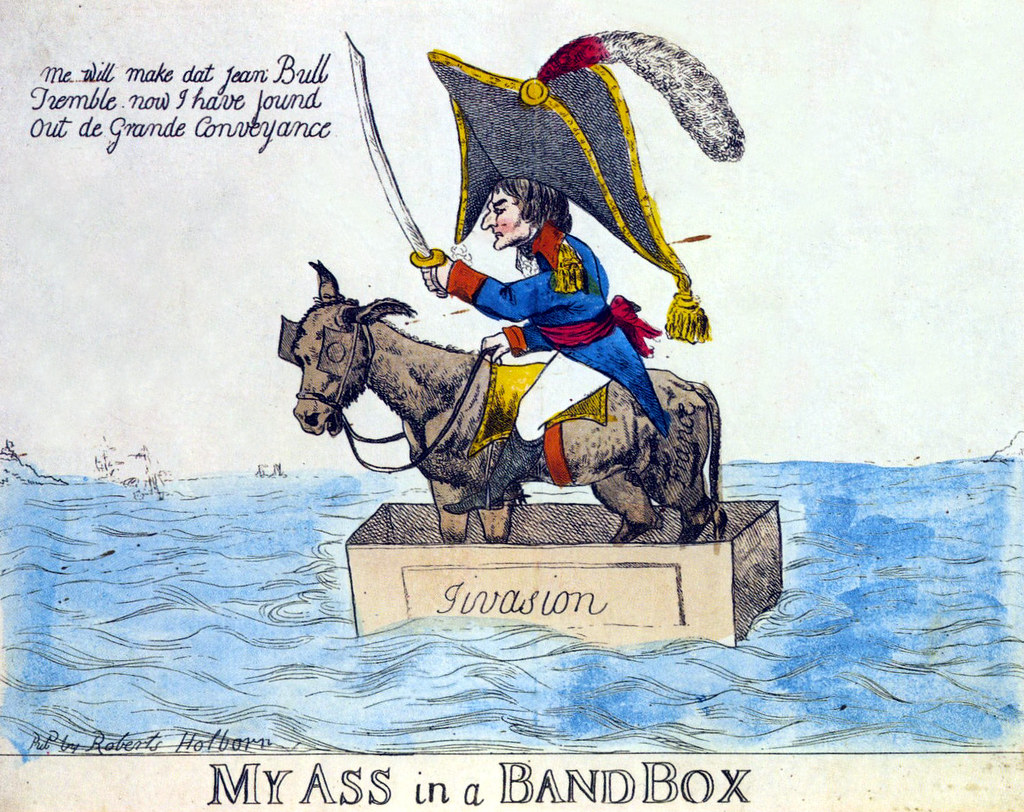
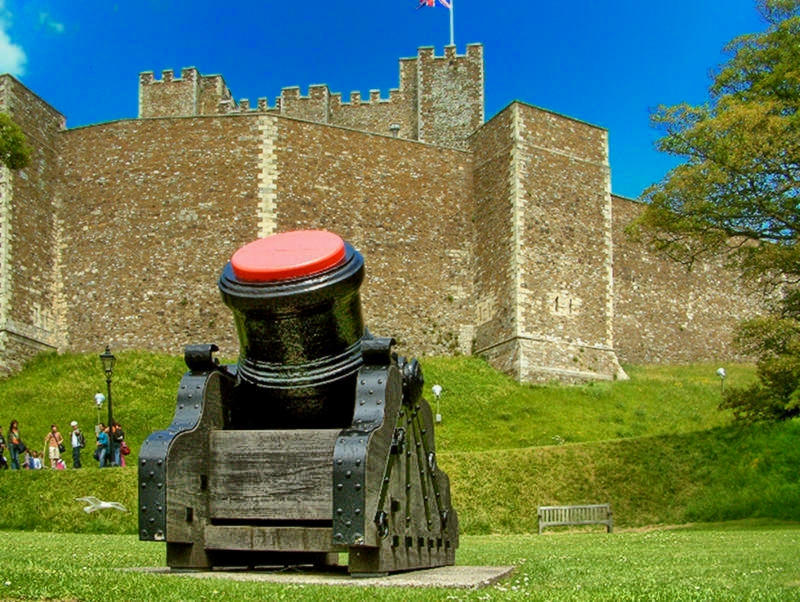
Positioned at Dover during the First World War, this rare type of 3″ twenty hundredweight anti-aircraft gun was used against Zeppelin airships and aircraft threatening Dover port.
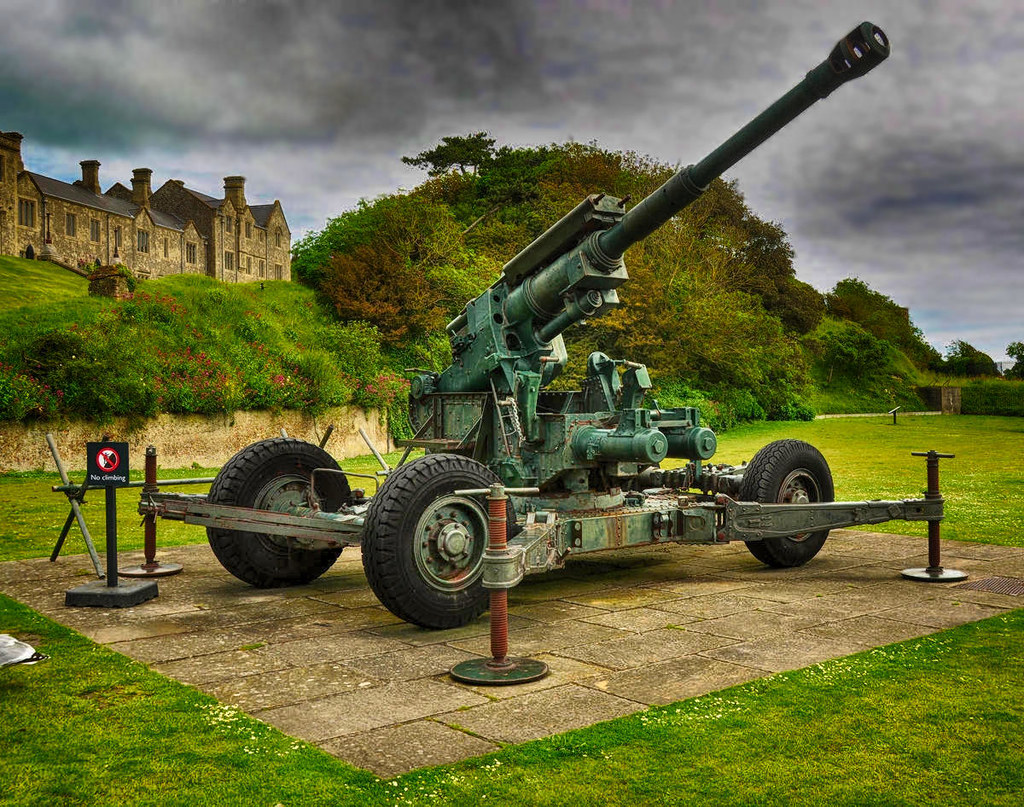
Operation Dynamo: Rescue from Dunkirk
It was May 1940.
Facing almost certain annihilation, 400,000 British, French, Polish, and Belgian troops assembled on the beaches of Dunkirk awaiting evacuation.
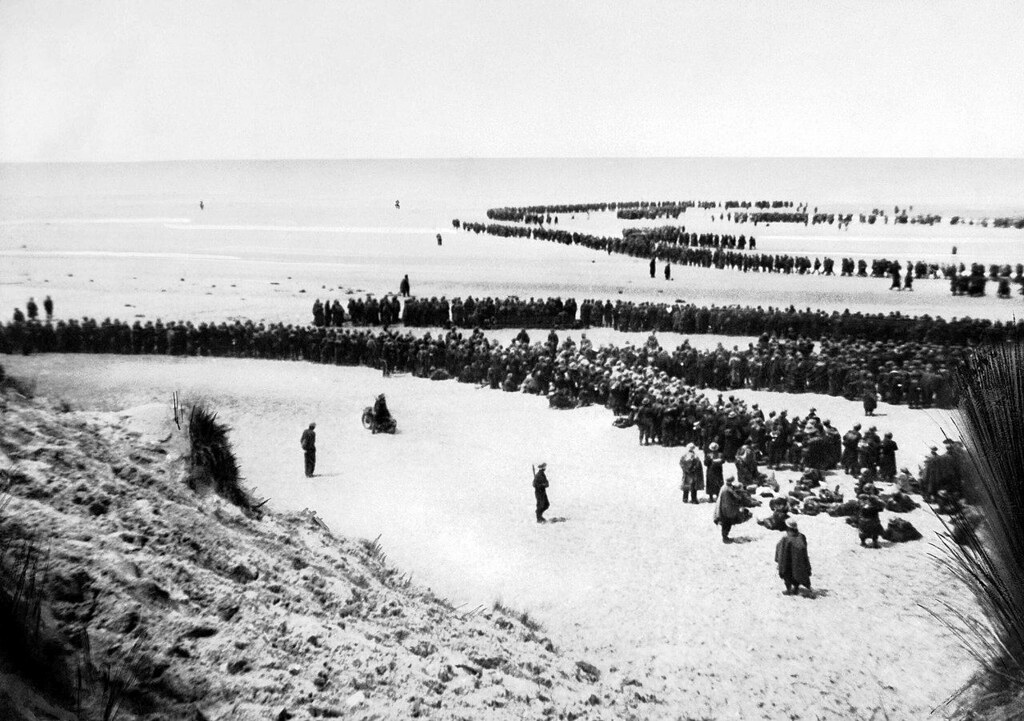
With its proximity to Dunkirk and secure underground tunnels, Dover Castle was chosen as the headquarters for Operation Dynamo—the massive rescue of allied troops.
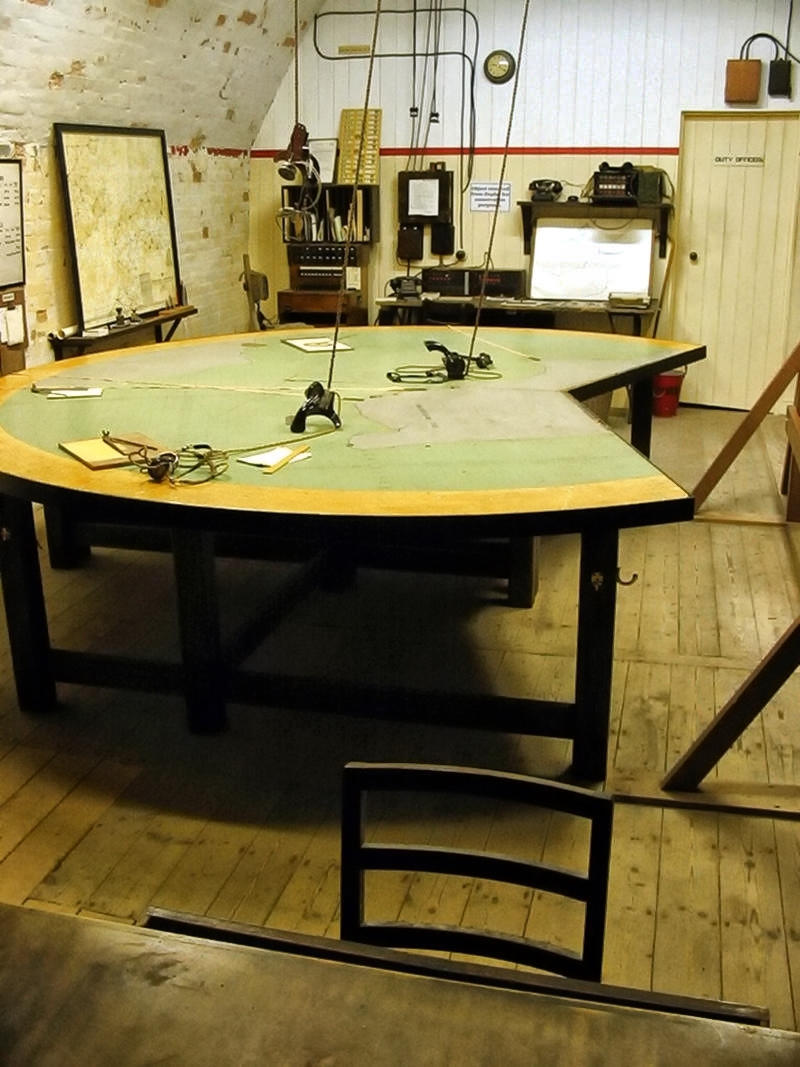
Strafed by the German Luftwaffe day in and day out, it would be eight days before 338,226 soldiers had been rescued by over 800 boats and ships.
Not all were lucky enough to make it back to the safety of Dover.
About 40,000 were marched off the beaches and spent the rest of the war in Germany or Poland working as slave labour in mines, fields, and factories.
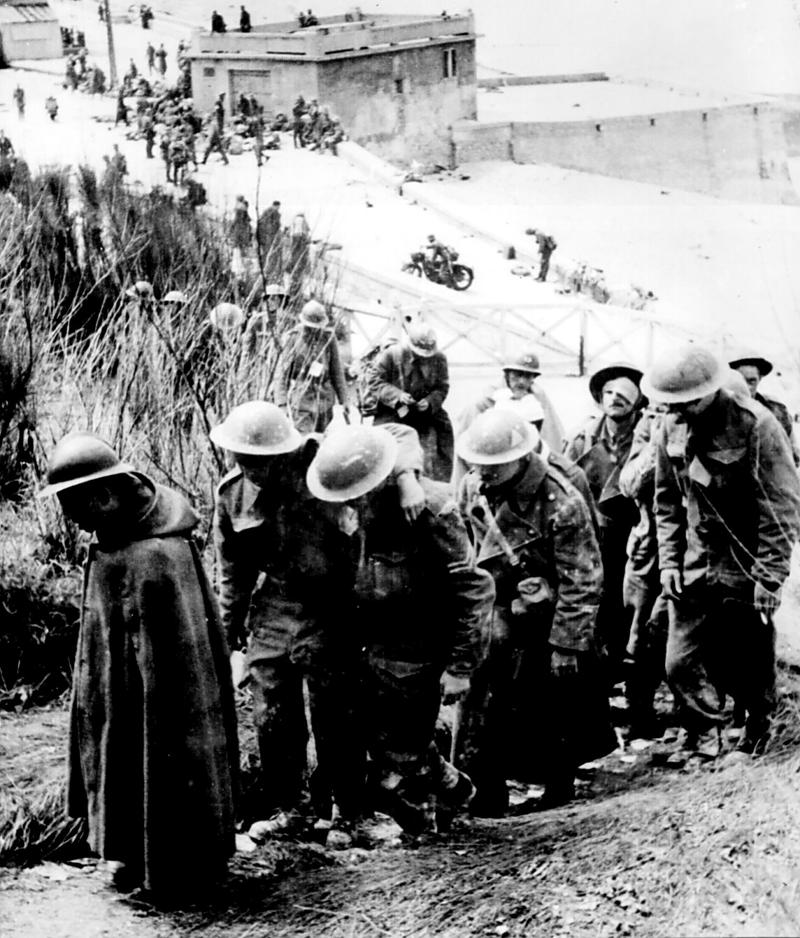
What a welcoming sight the white cliffs of Dover, with its castle perched proudly above, must have been to those rescued.
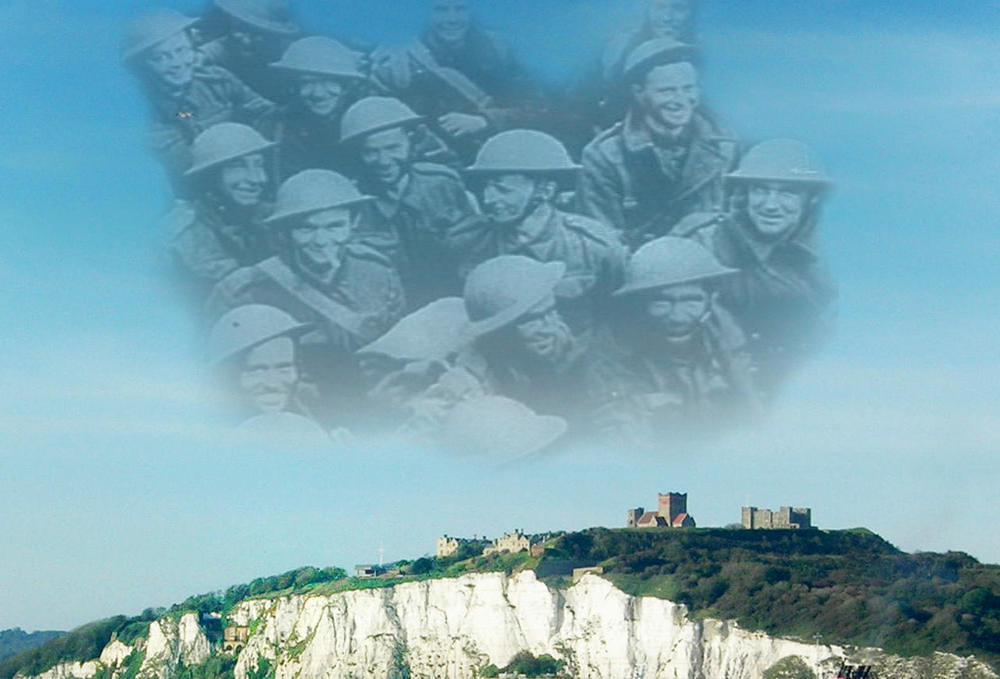
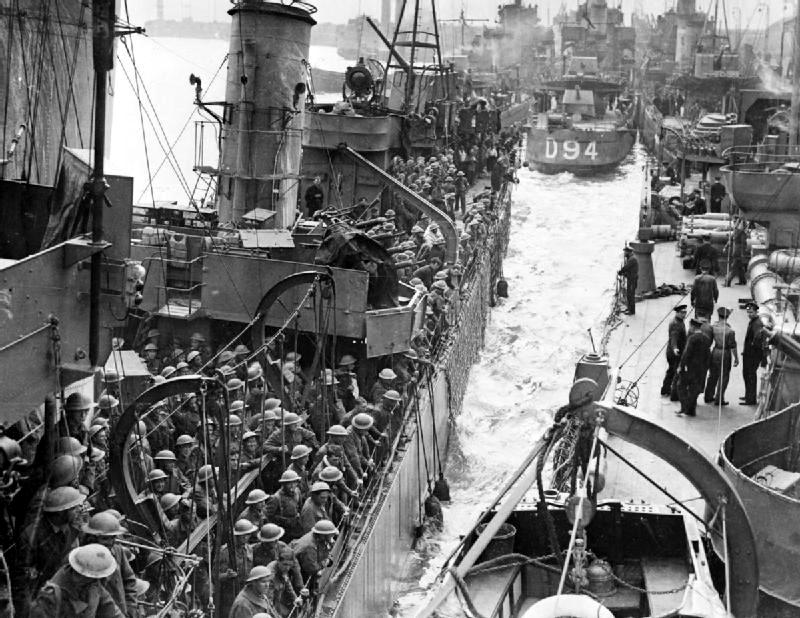
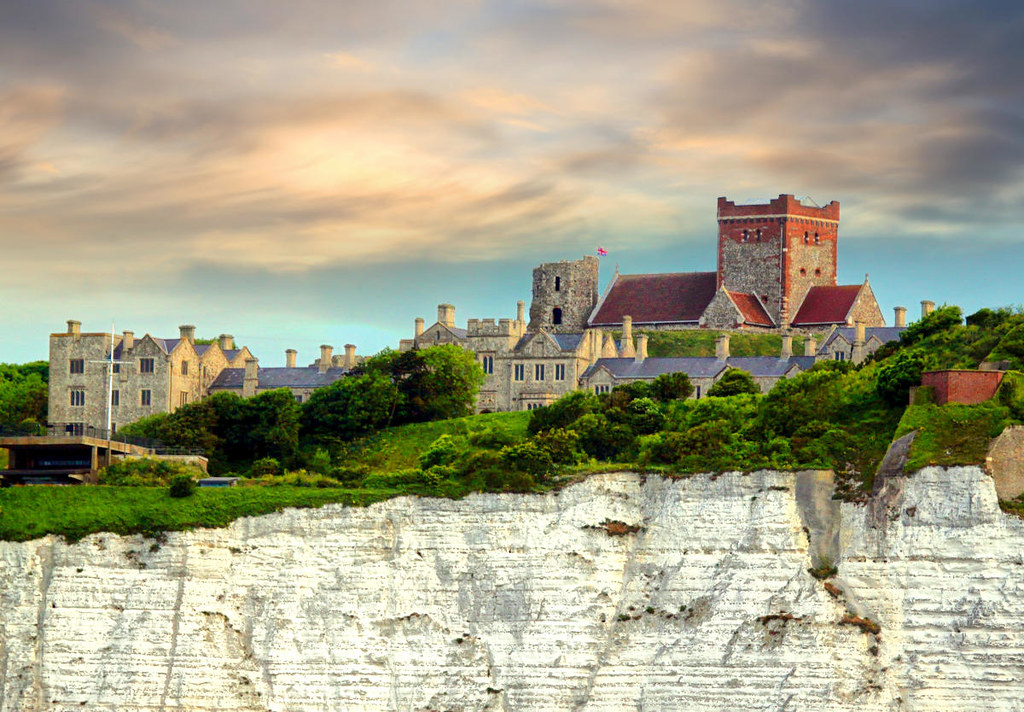

“Even though large tracts of Europe and many old and famous States have fallen or may fall into the grip of the Gestapo and all the odious apparatus of Nazi rule, we shall not flag or fail. We shall go on to the end, we shall fight in France, we shall fight on the seas and oceans, we shall fight with growing confidence and growing strength in the air, we shall defend our Island, whatever the cost may be, we shall fight on the beaches, we shall fight on the landing grounds, we shall fight in the fields and in the streets, we shall fight in the hills; we shall never surrender, and even if, which I do not for a moment believe, this Island or a large part of it were subjugated and starving, then our Empire beyond the seas, armed and guarded by the British Fleet, would carry on the struggle, until, in God’s good time, the New World, with all its power and might, steps forth to the rescue and the liberation of the old.”
Winston Churchill.
Dover Castle remained a military site until the end of World War II.
